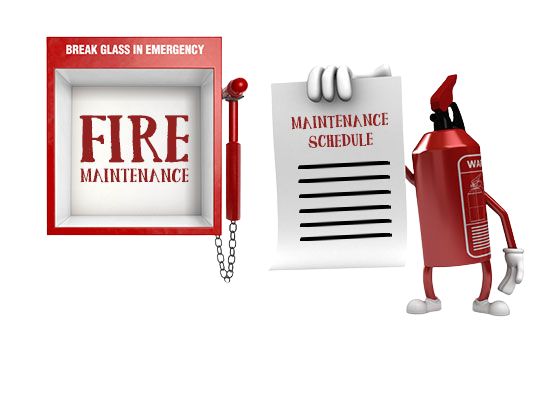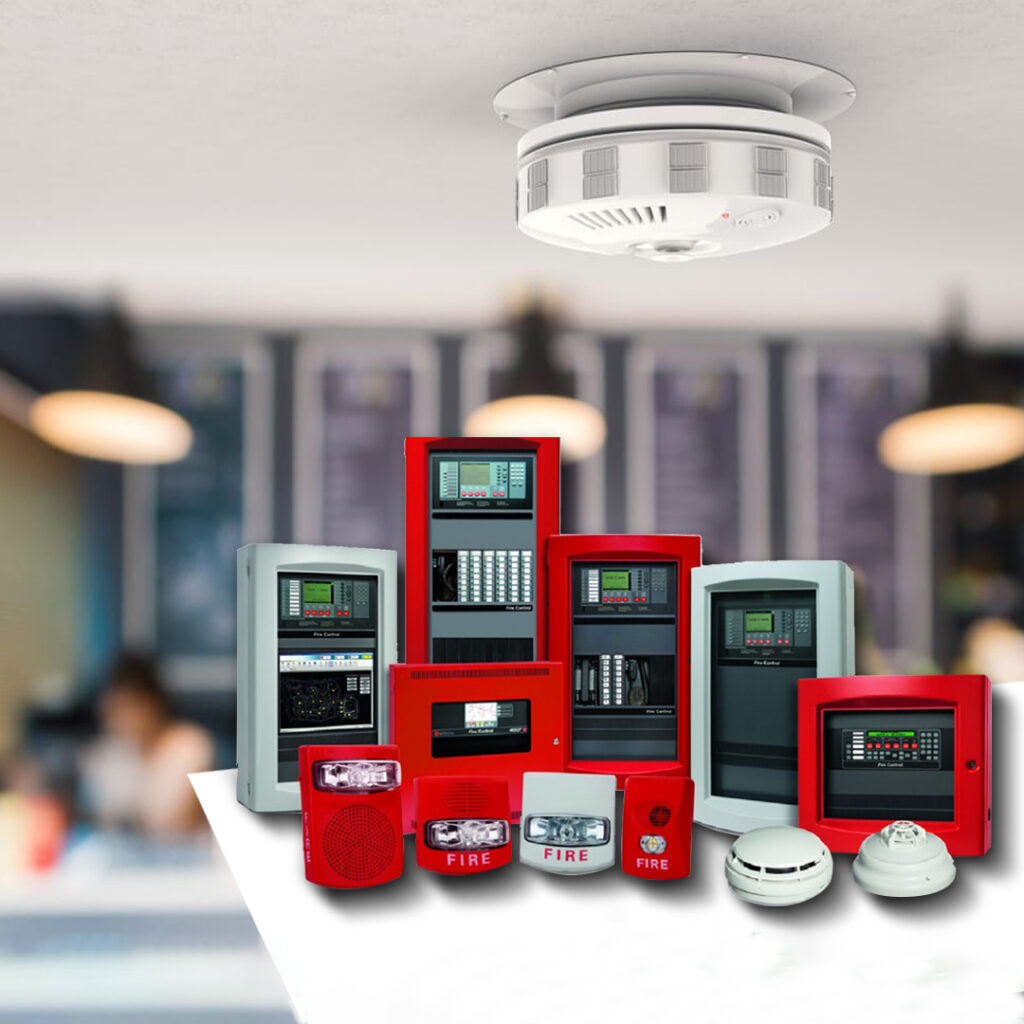
SURVEY AND DESIGNING:
Depending upon the survey, inspection and review of plan, our team will design and propose the fire fighting system as per the NFPA rules

CONSULTATION FOR DESIGNING OF FIRE FIGHTING SYSTEMS
Depending upon the survey, inspection and review of plan, our team will design and propose the fire fighting system as per the NFPA rules

MAINTENANCE AND SUPPORT
Depending upon the survey, inspection and review of plan, our team will design and propose the fire fighting system as per the NFPA rules
Installation
STATIC WATER STORAGE:
Every property to be protected by a fire protection system needs sufficient water which should be available at all times to fight the fire. The static storage is provided at the ground level and terrace level of the building by means of water storage tanks. The storage is provided generally in such a way that the municipal water supply is first received in the fire static storage tank from where it overflows to the domestic tank. This holds good for overhead storage too. Thus water will always be available in the event of a fir e. The capacity of the underground storage is generally based on at least half an hour’s stock of water at the rated draw-off by the fire pump. This tank also serves the purpose of a holding capacity into which water from tankers can be poured through an arrangement of a fire brigade breaching


PUMPING SYSTEM:
The pumping system which is the heart of the installation consists of specialized pumps (of approved design) which are fully automated to ensure that water is available throughout the system under the recommended pressure at all times. Mere opening of a single hydrant landing valve outlet will make water available to fight the fire without having to run to the pump house to start the pump. The resultant drop in pressure in the pipeline automatically triggers a pressure switch which starts the pump. However, smaller systems may not be required to be automatic. The connection to the system is taken from two sub-stations with changeover contacts. The Lift, the staircase lighting and the fire fighting pump sets are connected in the above manner so that in the event of fire, if the normal source is destroyed, power will still be available through the change over contact.
FIRST AID ACCESSORIES:
These consist of a Hose Reel mounted on a swinging drum, fitted at every floor landing in the building. The drum carries a 20/25 mm dia. Rubber hose of required length with a shut-off nozzle attached at the end which can direct a high pressure stream of water at the nook and corner of every room on the floor


EXTERNAL & INTERNAL PIPING:
The pumping system which is the heart of the installation consists of specialized pumps (of approved design) which are fully automated to ensure that water is available throughout the system under the recommended pressure at all times. Mere opening of a single hydrant landing valve outlet will make water available to fight the fire without having to run to the pump house to start the pump. The resultant drop in pressure in the pipeline automatically triggers a pressure switch which starts the pump. However, smaller systems may not be required to be automatic. The connection to the system is taken from two sub-stations with changeover contacts. The Lift, the staircase lighting and the fire fighting pump sets are connected in the above manner so that in the event of fire, if the normal source is destroyed, power will still be available through the change over contact.
SPRINKLER SYSTEMS:
A Sprinkler is a device connected to a pressurized network of piping and contains a glass bulb with a special chemical in it. Sprinklers are available at different ratings and operate at different temperatures. When a fire takes place, the resultant heat causes the temperature of the chemical in the glass bulb to rise up and expand. This causes the glass bulb to break and start a spray of water which covers a certain area below the sprinklers so that the fire is fought right when it starts. The sprinkler network is connected to sprinkler pump, which is connected to a mechanical alarm that rings as soon as the fire pump starts. Alarm rings the moment a single sprinkler operates, thus warning the occupants of an outbreak of fire. The electrical wiring is similar to the main fire pump. Sprinkler systems, by virtue of the fact that they are activated automatically as soon as a fire starts, prevent it’s spreading further. Thus the fire is localized and fought by the system without the help or assistance of occupants and is fully automatic. As the provision of the hydrant / sprinkler system is to help the occupants fight the fire till such a time that the local fire authority reaches the premises, the fire authorities fight the fire using the system provided and the equipment brought by them. The Fire tender consists of mobile water storage and associated pumping machinery should the premise’s water storage get over. A fire brigade collective breaching is provided on the underground static storage tank with instantaneous couplings mounted on them. W ater from the fire tenders can be off loaded to the under ground storage tank by means of hose pipes connected from the fire tender. Fire brigade inlet connection is provided outside the building and near the riser, through a gate valve and a non – return valve. The pumps of the fire tender can be connected to this inlet through which the water in the fire tender can be pumped up in the building to fight the fire.


FIRE ALARM SYSTEMS:
The Fire Alarm System comprises of a Main Control panel which is connected to a network of devices spread throughout the risk. The devices may be sprinklers, flame detectors, heat detectors, smoke detectors etc. Whenever a fire takes place, or smoke is generated, or heat is detected by any one of the detectors on the network, the Control Panel gives an audible alarm at the same time identifying the detector which has sent the signal. The alarm panel contains a diagram of the property and through an arrangement of classifying zones; it is possible t o identify the exact location where the problem has occurred. The alarm panel is a highly sophisticated intelligent control system which eliminates the possibilities of a false alarm. The panel also enables checking of the status of each detector from the control room itself. The position of each valve (whether open or closed), each section of detectors and the fact whether water is flowing through the pipe line the moment the system is activated or not, can be checked from the control panel. Hooters with Pill Boxes are provided on every floor in the building. When a fire occurs on a particular floor, the occupant breaks the glass of the Pill Box thus causing the Hooter to give a loud audible alarm. This alarm will also be reflected on the Main Control panel indicating its position, i. e; the floor at which the fire has started.
fire suppression

UNDERTAKING:
We undertake complete building maintenance work including fire protection/electrification/house keeping lift and other coalition works. We ensure you for giving our best services at all the times.

